Application scenarios of large diameter plastic pipes
1. Water resources management
Effective management of water resources is one of the major challenges facing the world. Large-diameter plastic pipes play a key role in water and wastewater systems. In particular, HDPE water pipe is widely used in water supply pipeline systems because of its corrosion resistance and durability. HDPE pipes can withstand high pressures and are suitable for water transmission over long distances, making them ideal for urban and rural water supply systems.
2. Agricultural irrigation
Agricultural irrigation systems require efficient and durable pipes to ensure proper distribution and use of water resources. HDPE water pipes are increasingly used in agricultural irrigation, mainly due to their ease of installation, low maintenance costs and long service life. These characteristics make HDPE water pipe an important choice for farmers and agricultural enterprises.
3. Urban infrastructure
With the acceleration of urbanization, the demand for pipeline systems in urban infrastructure construction is increasing. Large diameter plastic pipes, especially HDPE water pipes, are widely used in urban water supply and drainage systems because of their high strength and flexibility. HDPE pipes play an important role in urban infrastructure due to their durability and resistance to environmental stress cracking.
Market growth drivers
1. Technological progress
In recent years, HDPE water pipe has made significant progress in production technology and material science. These technological advancements not only improve the quality and performance of pipes but also reduce production costs. For example, modern HDPE pipe production technology enables efficient extrusion molding to ensure uniform pipe wall thickness, thus improving the overall performance of the pipe.
2. Environmental protection needs
As the world pays increasing attention to environmental protection and sustainable development, HDPE water pipes have gradually become the first choice in the market due to their environmentally friendly properties. HDPE pipes can be 100% recycled, reducing the impact of plastic waste on the environment. In addition, HDPE water pipe produces lower carbon emissions during production and use, which also makes it ideal for green buildings and infrastructure projects.
3. Government policy support
Many governments have actively promoted the construction of environmentally friendly infrastructure through policies and regulations. As an environmentally friendly and efficient pipe material, HDPE water pipes have been supported and promoted by policies. For example, multiple policies in the European Union and North America encourage the use of renewable and environmentally friendly materials, which provides strong support for the growth of the HDPE water pipe market.
Market challenges and response strategies
1. Raw material price fluctuations
The main raw material of HDPE water pipes is high-density polyethylene, and its price is greatly affected by fluctuations in the global oil market. In order to cope with the challenges caused by raw material price fluctuations, companies need to strengthen supply chain management, optimize production processes, and improve resource utilization efficiency. In addition, exploring renewable materials and new composite materials is also an important strategy to deal with fluctuations in raw material prices.
2. Increased competition
With the increase in market demand, more and more companies have entered the HDPE water pipe market, leading to intensified market competition. Enterprises need to enhance their competitiveness through technological innovation, product differentiation and brand building. For example, by developing new HDPE water pipe products, we can improve product performance and application scope, thereby occupying an advantageous position in the fierce market competition.
3. Quality control
As a critical infrastructure component, the quality of HDPE water pipe directly affects the safety and reliability of the entire system. Enterprises need to strengthen quality control, from raw material selection, production process to finished product testing, to ensure that every pipeline meets relevant standards and specifications. In addition, by adopting advanced testing technology and equipment, product quality and user satisfaction can be further improved.
The future development trend of HDPE water pipes
1. Intelligent piping system
With the development of Internet of Things technology, intelligent pipeline systems have broad application prospects in infrastructure construction. HDPE water pipes can be integrated with sensors and monitoring equipment to realize real-time monitoring of pipeline operation status. This not only improves the safety and reliability of the pipeline system, but also enables preventive maintenance through data analysis and prediction to extend the service life of the pipeline.
2. New materials and composite materials
In order to further improve the performance and application range of HDPE water pipes, the research and development of new materials and composite materials will become an important direction for future development. For example, by adding nanomaterials, the wear resistance and anti-aging properties of HDPE pipes can be significantly improved. In addition, composite pipes combine the advantages of multiple materials and perform well under high pressure and complex environments, becoming an important trend in future development.
3. Renewable energy applications
In the future, with the advancement of renewable energy technology, the production of HDPE water pipes will rely more on renewable energy. For example, using solar and wind energy for production not only reduces carbon emissions, but also reduces dependence on traditional energy sources. This will further enhance the environmental performance of HDPE water pipes and meet the requirements of global sustainable development.
Large-diameter plastic pipes, especially HDPE water pipes, play a vital role in modern infrastructure construction. With the advancement of technology, environmental protection needs and government policies, the HDPE water pipe market is ushering in rapid growth opportunities. However, the market also faces challenges such as raw material price fluctuations, increased competition and quality control. Through technological innovation, strengthening quality control and exploring new materials, HDPE water pipes will continue to maintain an important position in global infrastructure construction and contribute to future sustainable development.
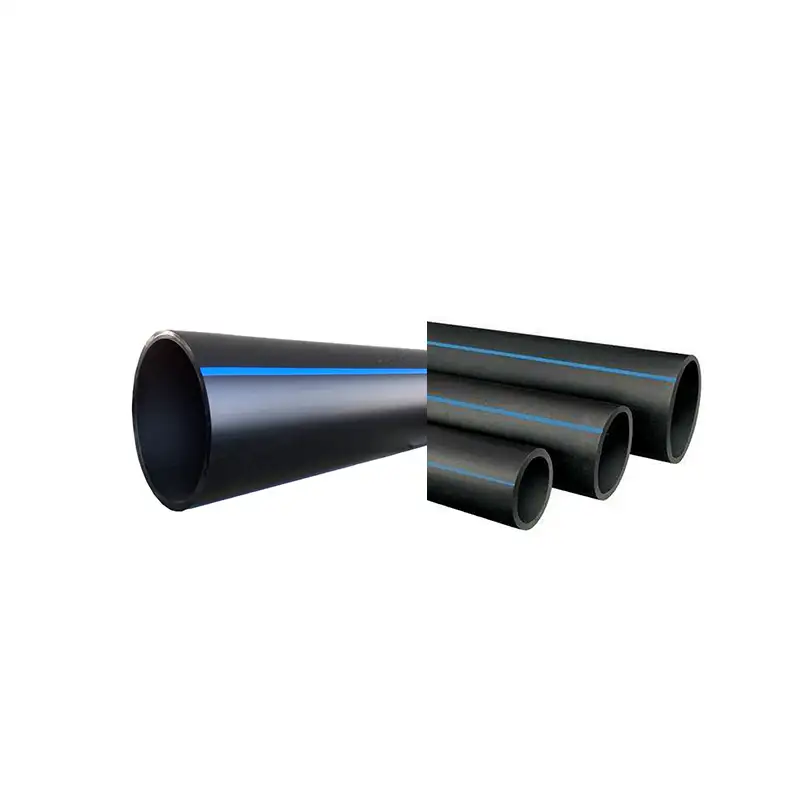

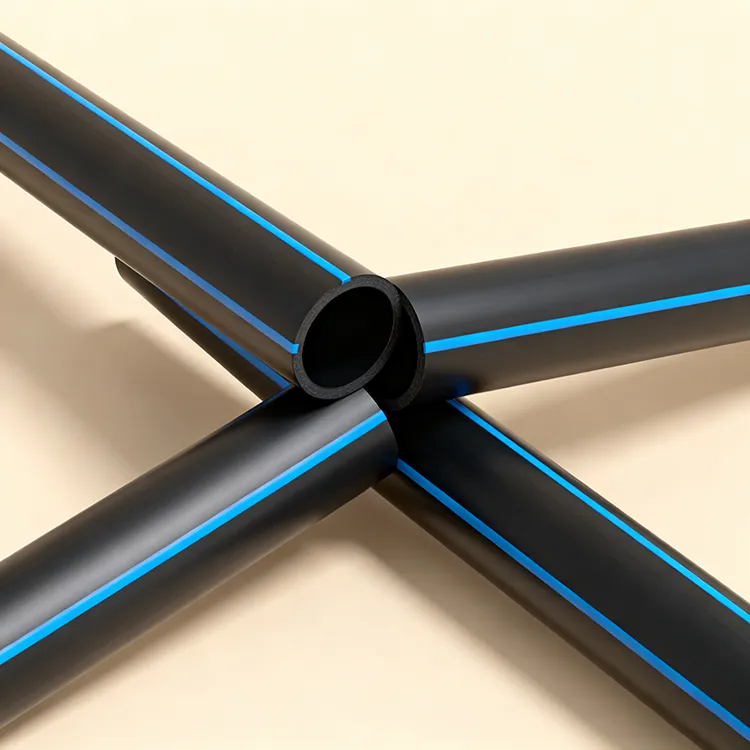
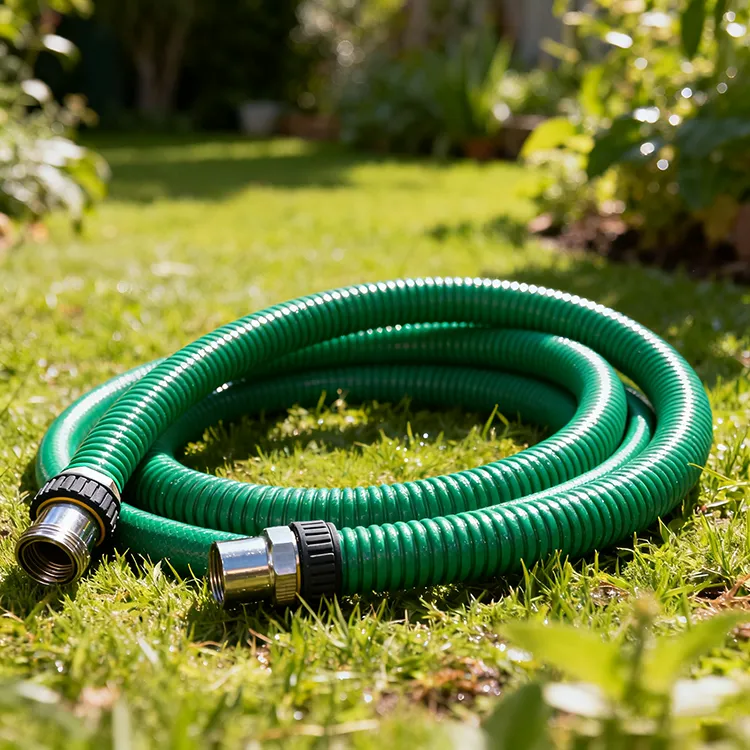

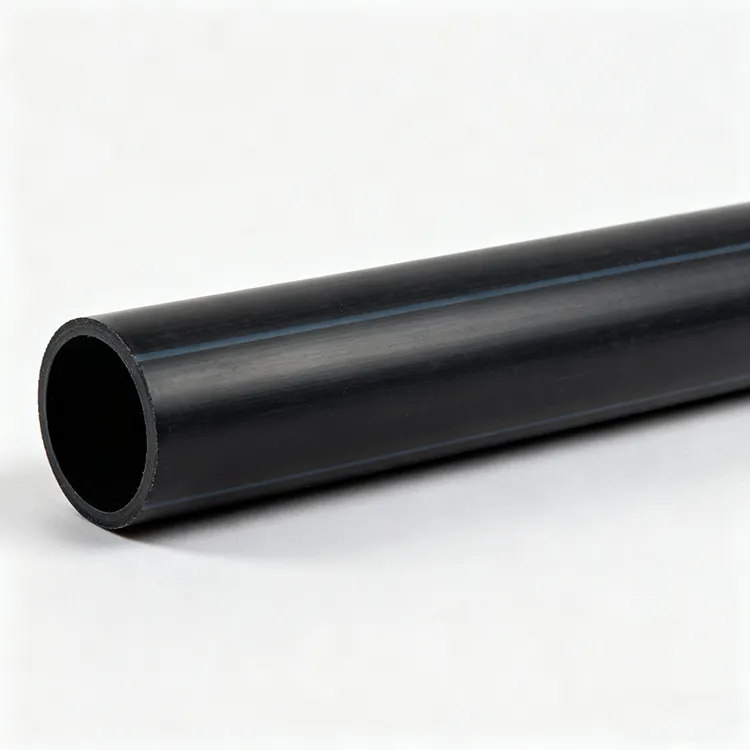
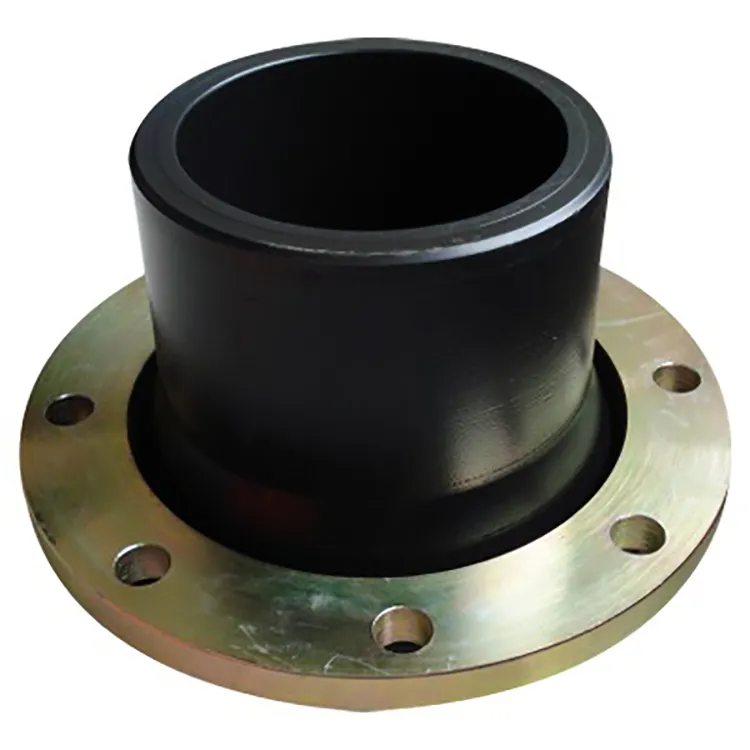


659.webp)
210.webp)
328.webp)
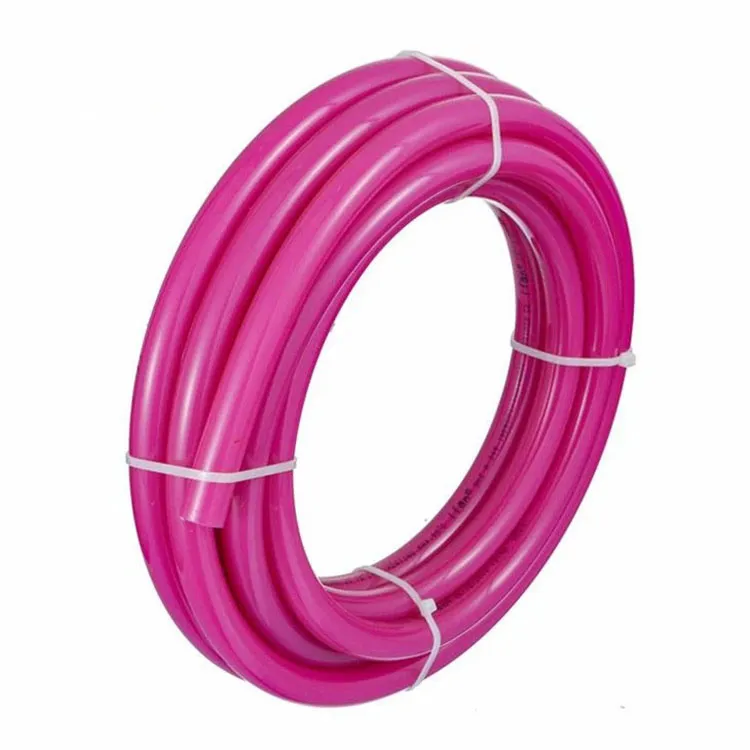
294.webp)
476.webp)


